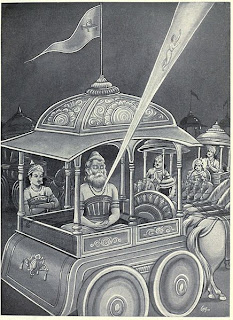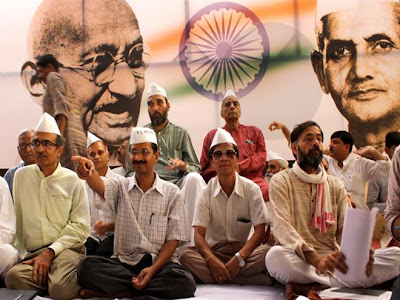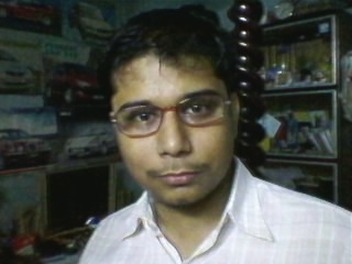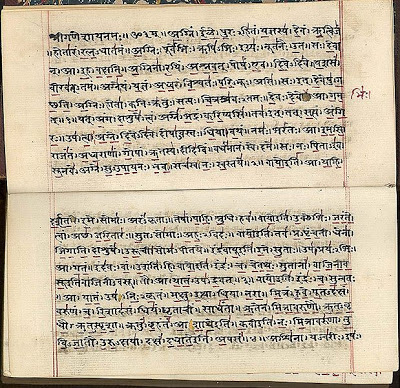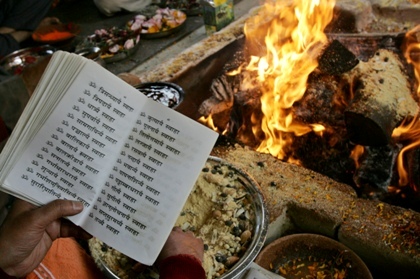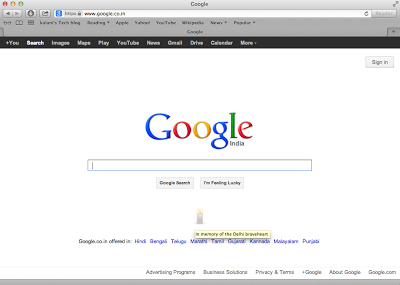Who doesn't like Robert Rodriguez films? And, who doesn't love the movie-series ‘Spy Kids’? Here I am
another fan of the series and would you care to guess my favorite gadget?
Yeah, yeah… All those spy-gadgets are cool, I know, but, the
foodie in me won’t vote for any of them. I’ll go for the re-hydration machine that turns packaged articles into smoking hot McDonald burgers with just a spark!
When I laze about, I just think in my mind… WOW! A single
flicker and delicious fresh food in hand! And how I wished someday NASA will
make it happen and I’ll be motivated to be an astronaut (or, even a kitchen plongeur
for those culinary marvels). And, then a newsflash caught my eyes, PIZZA PLEASURE FOR ASTRONAUTS!!
Not a drone/quadrocopter delivery from Domino’s but a garden-fresh one printed in space! PRINTED!!!
Not a drone/quadrocopter delivery from Domino’s but a garden-fresh one printed in space! PRINTED!!!
I confess being an easy-to-amaze person and a mere Telefax
machine keeps me astounded till date but this is something which is ‘very very
VERY’!
When I used this ‘Roman Holiday’ dialogue I couldn't avoid
thinking of the protagonist, the timeless star Audrey Hepburn! I used to long for a breakfast date with the lovely and serendipitous ‘Holly Golightly’ at Madamme Tussauds. But it’s not a big deal these days as I can
always own the exact same model now, thanks to 3D printing. All I’m gonna need is a few bucks, as low
as £30.
THE PRICE
In fact 3D printing has gone so cheap that people are printing plastic knobs of coffee mug lids and all sorts of thingamajiggy with it. Even you can own a 3D printer of
your own:
- Velleman K8200 3D Printer Kit uses electric energy 12V/3A at max., costs £700 and prints in plastic of 7 available colors; 1 kg of
the plastic printing material costs £30.
- Open-source metal 3D printer costing less than $1,500 in parts is in the works at Michigan Technological University (MTU). You can easily
assemble them to get your printer ready with a home-available tool-kit.
- Makerbot Replicator Mini is an entry-level 3D printer.
The product, which is priced at $1,375, is designed with ease of use and
simplicity in mind with a one-button interface and offers "plug and
play" usability.
- The scope of 3D printers have already transcended the realm of utility, 3Doodler arrives in the form of
a pen, allowing users to sketch objects in a 3D space, with the doodles they
draw coming off the paper. 3Doodler is presently available at $99.
- 3D Systems Chefjet isn't your average 3D printer,
either. Chefjet use sugar for 3D printing producing various sweet treats.
However, Chefjet printers have a $5,000 starting price.
- The LumiFold photopolymerisation 3D printer is both small and affordable. Most desktop 3D printers aren't small or portable, but a new LumiFold claims to be both – easily fits in a backpack and available for $400.
 |
| LumiFold photopolymerisation 3D printer - small and affordable Photograph: Indiegogo |
Many traders offer 'in store' 3D printing service besides retail giant Asda.
The supermarket chain is trialing a new facility that allows shoppers to scan and replicate anything in ceramic. Shoppers can walk into the 3D scanning booth in Asda’s York store and replicate just about anything bigger than a shoe,
including people and pets. The object is scanned within minutes in-store. The
model is then sent to a specialist 3D printing company, which produces a
ceramic print in up to 6m different colors at various sizes for as little as
£40 within a few days shipping it back to the store, "ready to pick up with your
next week's shopping".
Astonishing indeed, isn’t it?












